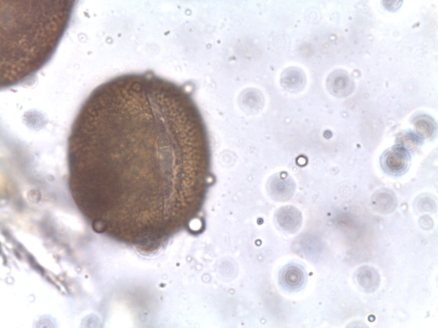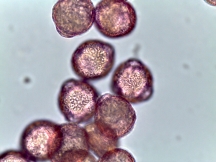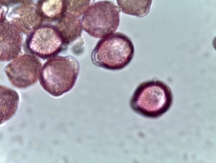
Vicia faba – Broad Bean

Vicia faba – Broad Bean

Vicia faba – Broad Bean

Vicia faba – Broad Bean

Vicia faba – Broad Bean

Vicia faba – Broad Bean

Vicia faba – Broad Bean
Botanical Family: Fabaceae
Bloom Time July – October
Pollen Characteristics
Dispersal Unit Monad
Aperture Number 3
Aperture Type Compound
Ornamentation Granulate/Psilate
Tectum Eutectate
Size (um) 44
Shape Round
Pollen Color Light Green, Green, Olive
Honey Bee Resources
Pollen Source • • •
Nectar Source •
Fava beans are a winter legume crop. Faba beans conserve the soil nitrogen and assets in breaking disease and weed cycles, and are therefore of great interest to farmers. The flowering of Faba beans is prolific, but only 10-20% of flowers actually produce pods. The presence of honey bees is said to accelerate the rate of set of bean pods. Studies have also observed that Faba plants with access to bees set more pods on the lower nodes and ripen earlier with significantly more seeds per pod. The use of the plant by honey bees has the potential to increase the yield by 19-52%. However, Faba beans provide very little nectar to honey bees, but do collect a reasonable quantity of pollen from the plants.
Sources:
Somerville, Doug. (2002). Honeybees in Faba Bean Pollination. NSW Agriculture
































































































